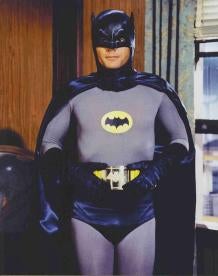In Hirschhorn v. Auto-Owners Ins. Co., 2012 WI 20 (March 6, 2012), the Wisconsin Supreme Court held that the pollution exclusion in the homeowners' policy excluded coverage for the loss of their home that resulted from the accumulation of bat guano. The plaintiffs sought coverage under their homeowners' policy issued by the defendant, Auto-Owners Insurance Company, for the removal and clean up of bat guano in their vacation home. The bat guano had emitted a "penetrating and offensive" odor in the home. Auto-Owners denied the claim on the grounds that the pollution exclusion clause excluded coverage. This pollution exclusion excluded coverage for "loss resulting directly or indirectly from…discharge, release, escape, seepage, migration or dispersal of pollutants…" Pollutants were defined as "any solid, liquid, gaseous or thermal irritant or contaminant, including smoke, vapor, soot, fumes, acids, alkalis, chemicals, liquids, gases and waste. Waste includes materials to be recycled, reconditioned or reclaimed."
The Wisconsin Supreme Court first determined that bat guano fell unambiguously within the policy's definition of "pollutants." The Court found that bat guano, composed of bat feces and urine, either was or threatened to be a solid, liquid, or gaseous irritant or contaminant. Additionally, the policy explicitly listed "waste" as a type of irritant or contaminant. The Court determined that "waste" was not ambiguous despite that it can have multiple dictionary definitions. The Court instead focused on whether a reasonable person in the insureds' position would understand bat guano to be waste. Answering affirmatively, the Court found that bat guano is composed of bat feces and urine, which are commonly understood to be waste. Thus, the Court held that a reasonable homeowner would understand bat guano to be a pollutant.
Next, the Court determined the Hirschhorns' alleged loss resulted from the "discharge, release, escape, seepage, migration or dispersal" of bat guano under the terms of the pollution exclusion clause. The Court construed these undefined terms according to their plain and ordinary meanings as understood by a reasonable person in the insureds' position. The Court found that the bat guano, which was deposited and once contained between the home's siding and walls, had emitted a foul odor that spread and infested the home to the point of destruction. The Court held this type of loss fell squarely within the pollution exclusion clause.
Accordingly, the Wisconsin Supreme Court reversed the decision of the court of appeals.





 i
i


